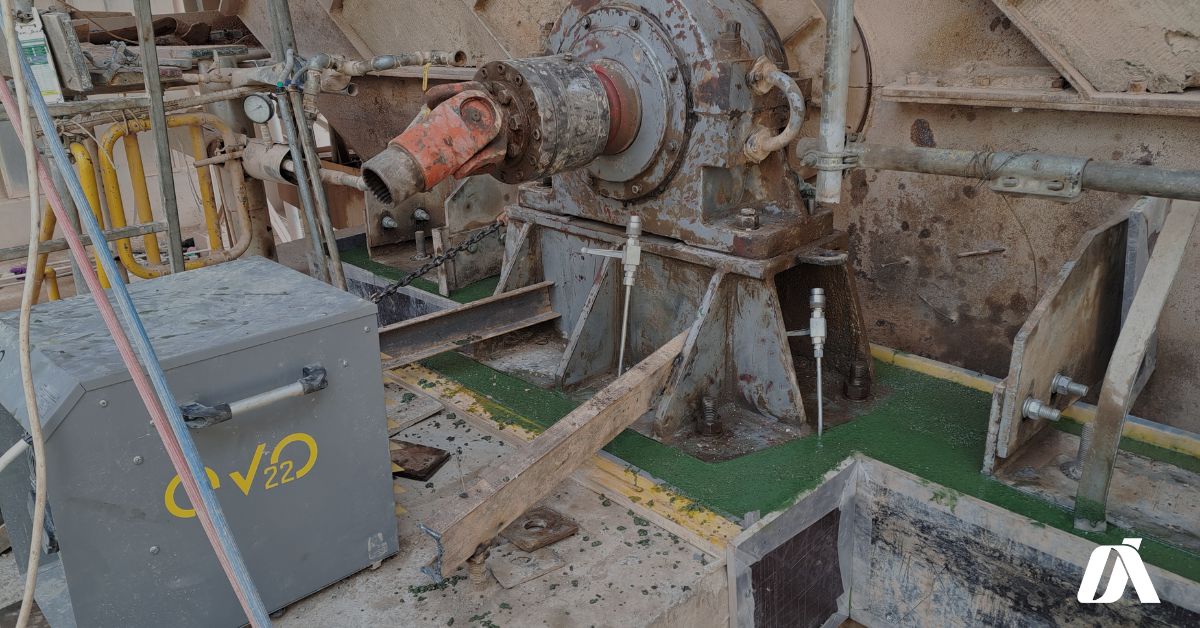In the paper industry, fiberizers are essential machines that play a crucial role in the production process. These powerful machines are designed to break down raw materials into fibrous components, forming the backbone of paper production. However, to ensure the smooth operation and longevity of fiberizers, the stability and integrity of their foundations are of paramount importance.
Fiberizers, also known as defibrators, are precision machines that use rotating discs or beaters to mechanically disintegrate raw materials such as wood chips or recycled paper. The resulting pulp serves as the basis for creating high-quality paper products. The performance and efficiency of fiberizers heavily rely on the strength and stability of their foundations.
A robust foundation provides the necessary support to absorb the vibrations, shock loads, and mechanical forces generated during the intense operation of fiberizers. It ensures proper alignment, reduces vibrations, minimises the risk of structural damage, and contributes to the overall efficiency of the machine.




